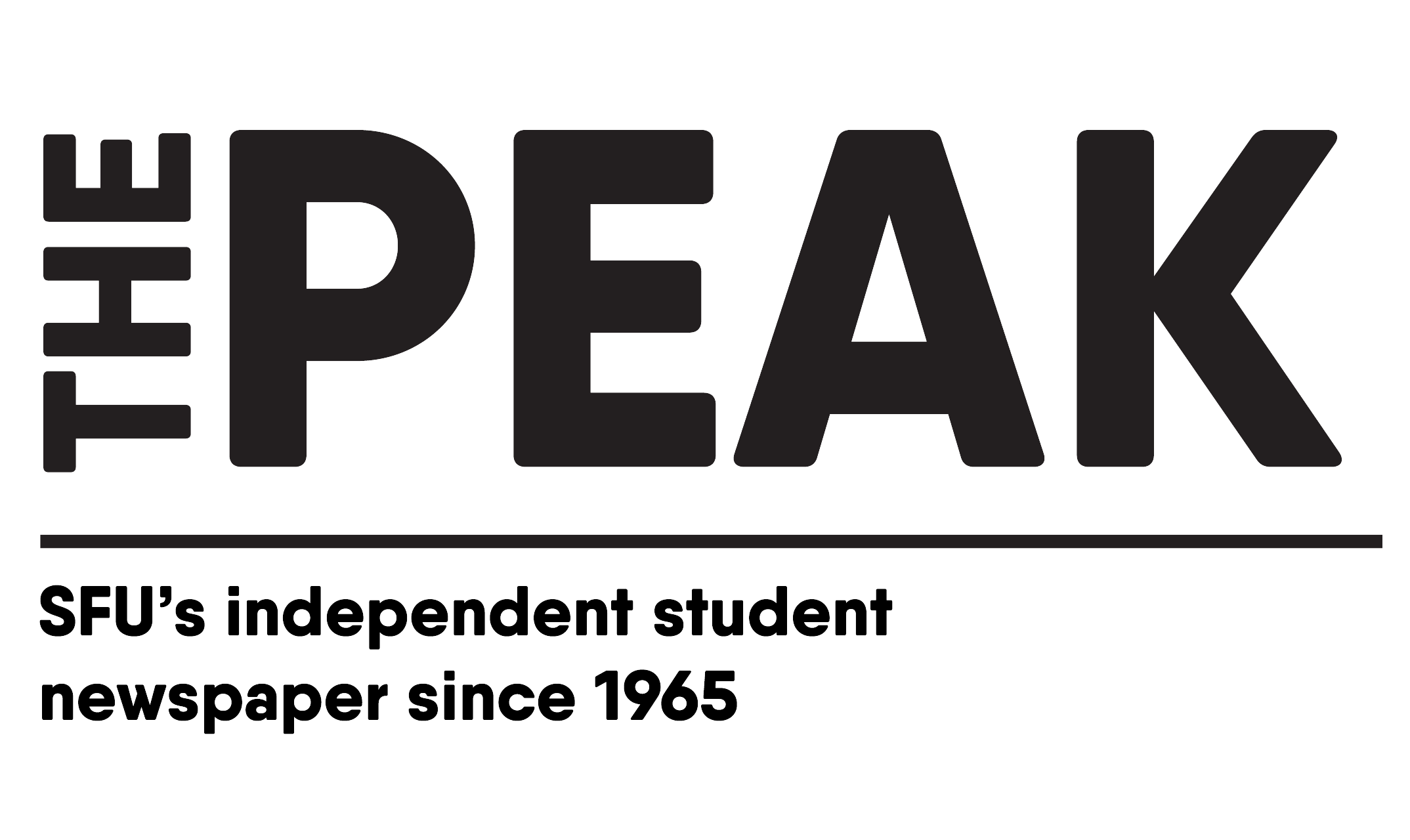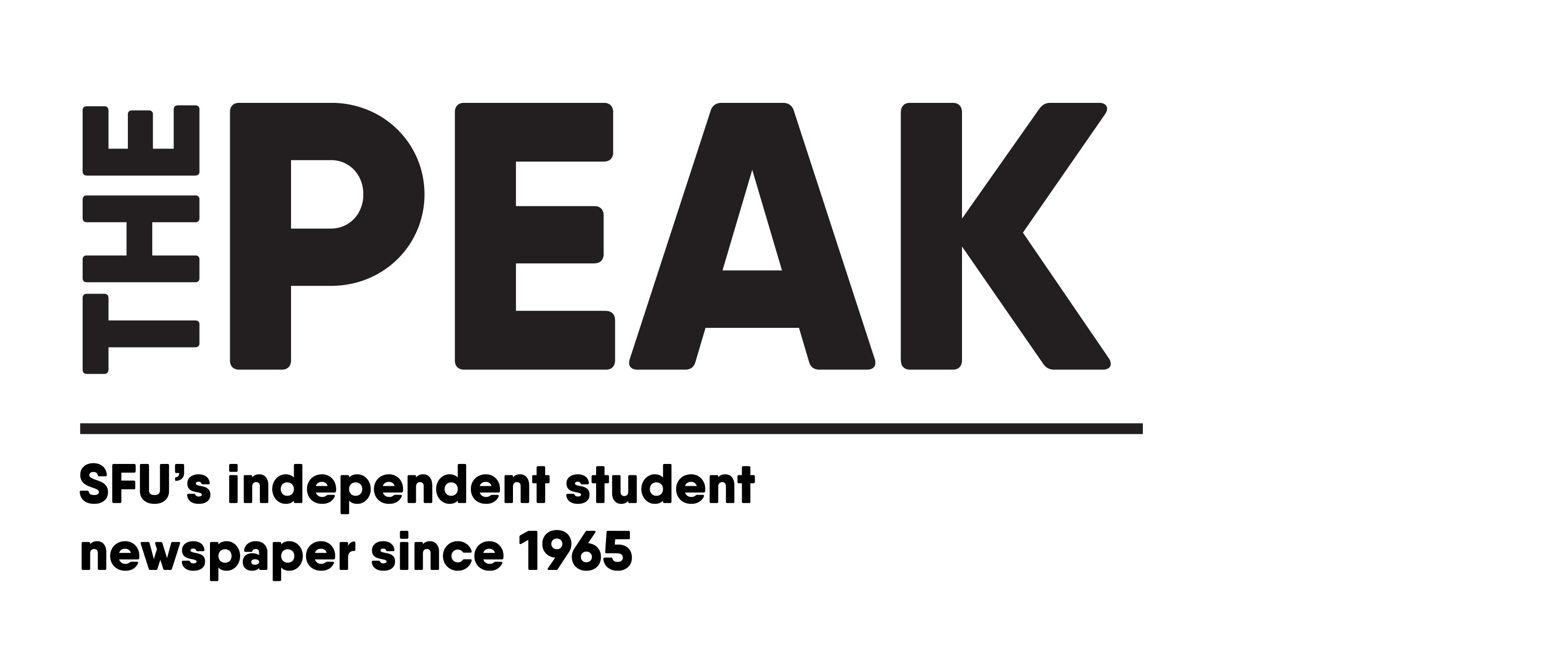By Gary Lim
Point: Boy, I can’t remember the last time it was so nice outside.
Murray Adams, Septaugenerian
By gum, when I got up this morning, I just knew that today was going to be a great day.
After months and months of that cold, wet mess of a winter it’s finally nice to see a little sunshine poke its head through the clouds. Talk about a silver lining! I literally cannot remember the last time it wasn’t miserable, blustery day. Or what I had for dinner last night.
Let me tell you, the moment I saw the rays of dawn from my bedroom window, I just knew today was going to be special. No more spending my afternoons playing Parcheesi with that cheating Herman Fenton in the rec room, I’m going to go out today. Maybe pick up a loaf of bread from Gunderson’s Bakery and head to the park and feed the, feed the… uh, feed…
Nevermind, it’s not important. What is important is that I’ll finally be able to start work on my garden.
I’ve been stuck in that lousy nursing home all winter, and I’ve spent an hour every day consulting with my farmer’s almanac. This year, we’re looking at an early summer and a cool July, a perfect planting season for tomatoes. Ain’t no better eating than a juicy slice of tomato between a couple slices of buttered bread. Speaking of bread, I should swing by Gundersons and pick up a loaf.
Anyways, with such a humdinger of a spring, 1994 is looking out to be one heckuva year.
Counterpoint: Dad, it’s me Jeff. Jeffery, your son. I’m visiting you today.
Jeffery Adams, Devastated Son
Hi Dad.
So how have you been? Have the nurses been taking good care of you? Yes, I know I don’t visit enough. I’m sorry. But have I got a treat for you— Why am I dressed like this? Well, you need all this junk if you’re planning on going fishing!
We’re going fishing today. Remember? We talked about it last week when I visited. Yep, it’ll be just you, me, and Timmy on the open waters of majestic Lake Tagaboe. Timmy? He’s your grandson. No, I’m not pulling your leg; he’s my son. You came with us to his school play, last Thursday. That’s right! Peter Pan, he was one of the lost boys. See, now you’re getting it.
Hey Dad, do you remember the trips we took when I was a kid? We’d be up at six, scrounging for worms in mom’s garden. Then we’d pack into the rust bucket and drive clear across — No, dad, that woman is nurse Lopez. She’s helping you get dressed for fishing. We’re going fishing, yes it does sound nice.
Actually, hold on for just one second, I need to go into the hall and grab the tackle box. Nurse Lopez will help you get ready. I’ll be back in a minute.
All right! So who’s ready for some flyfishing! What? Oh, it’s nice seeing you too, Dad. Yes, it is a nice surprise that I’ve decided to drop in unexpectedly. Yes, I know I don’t visit enough. I’m sorry.
No, nothing’s the matter Dad. It’s just allergies.



